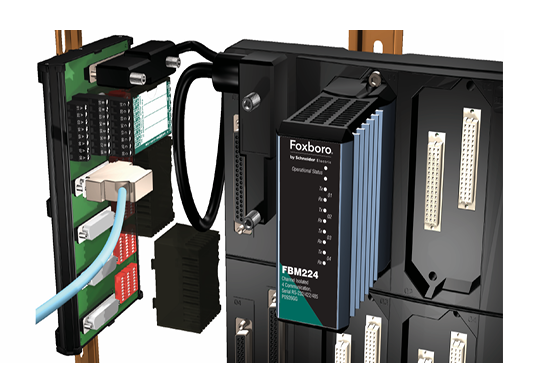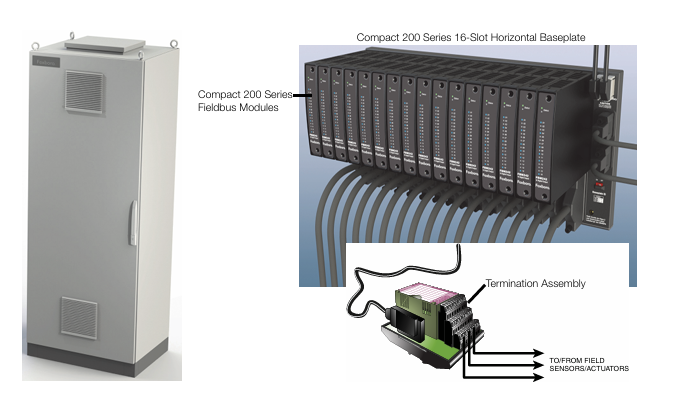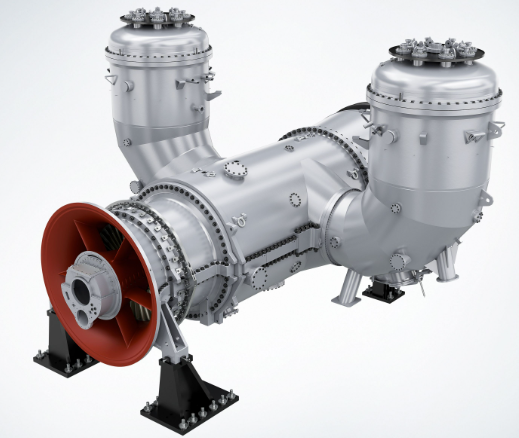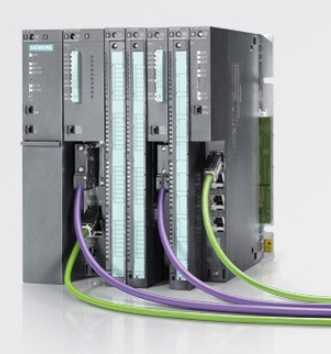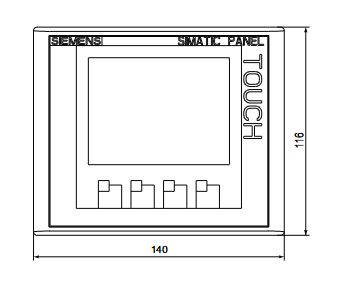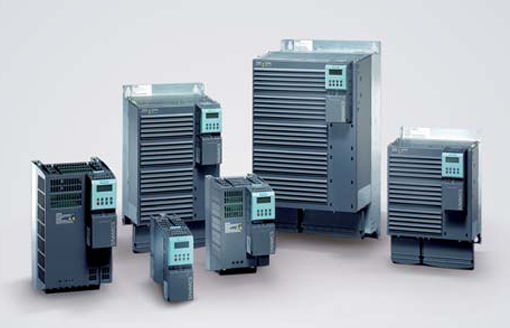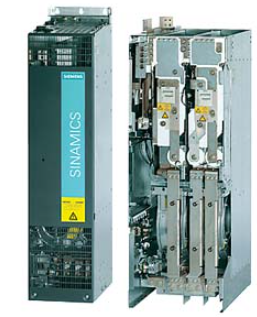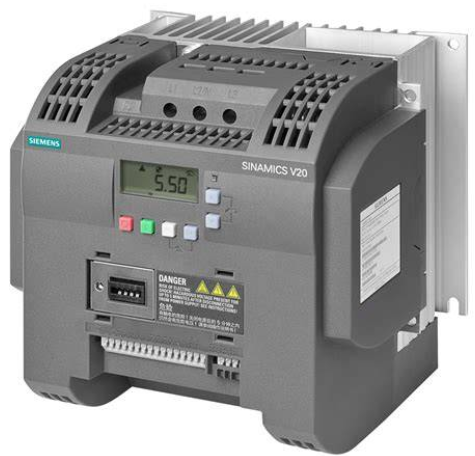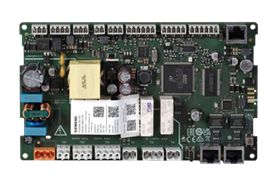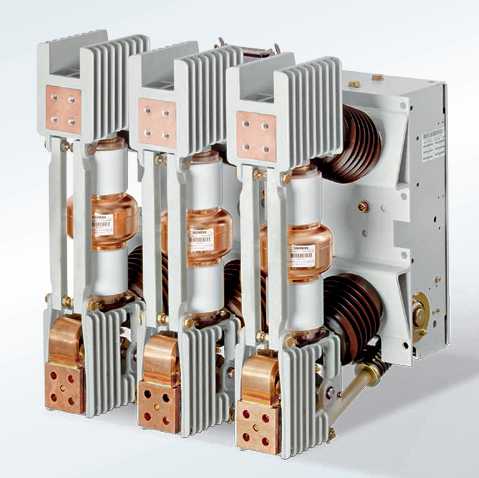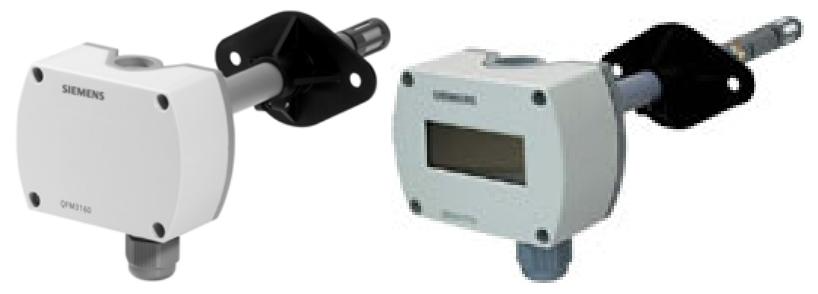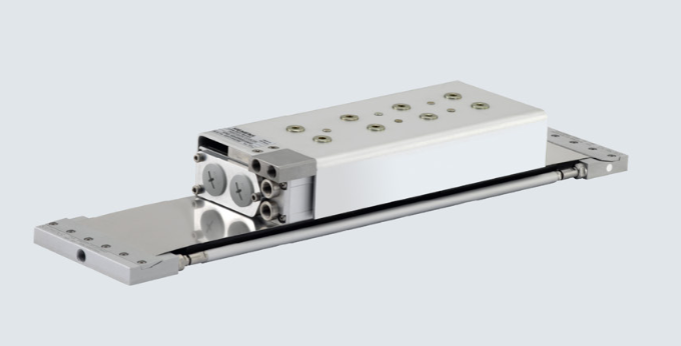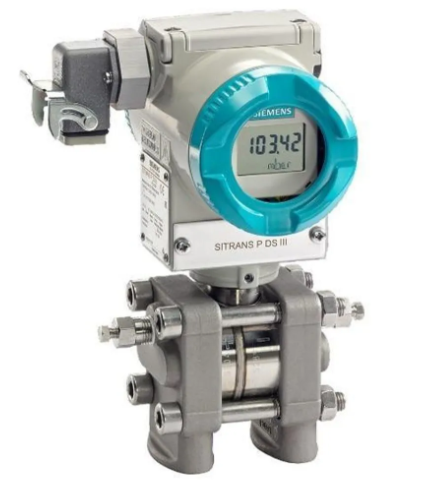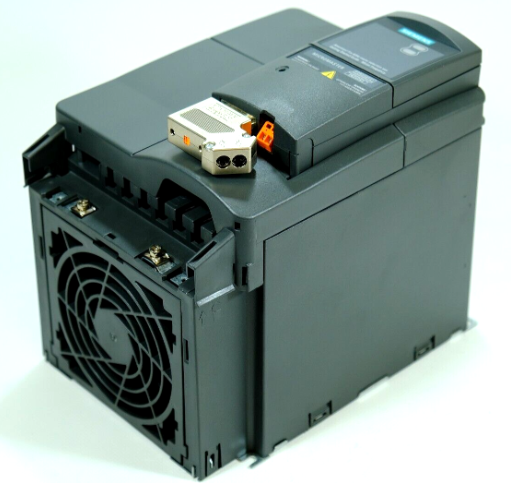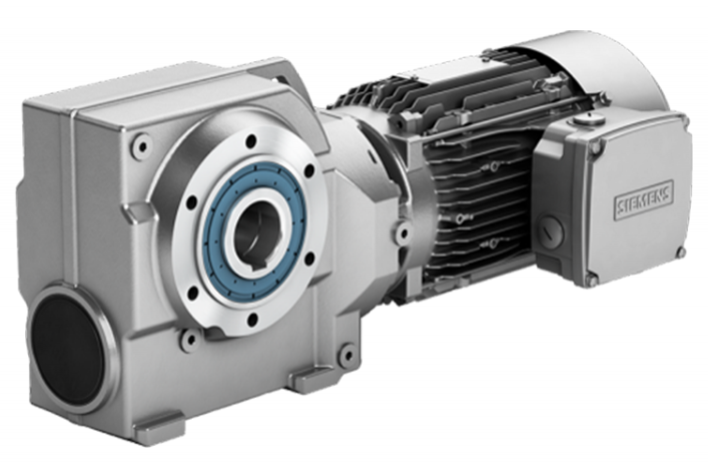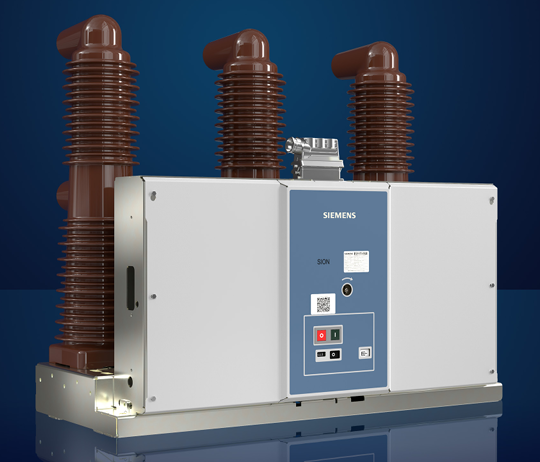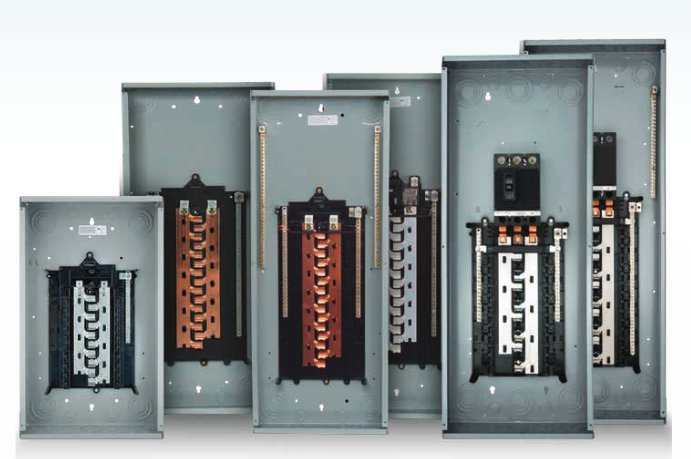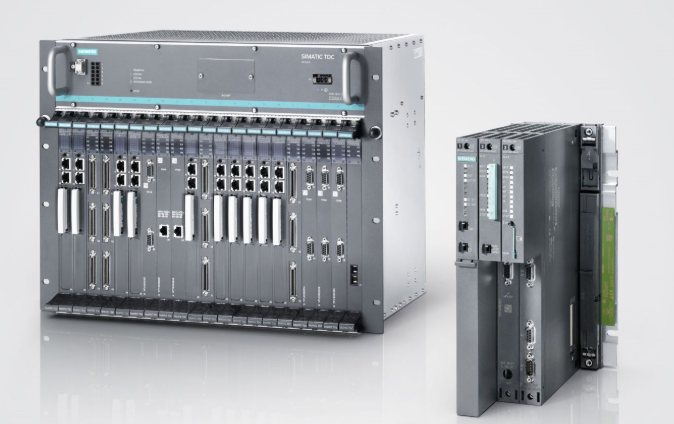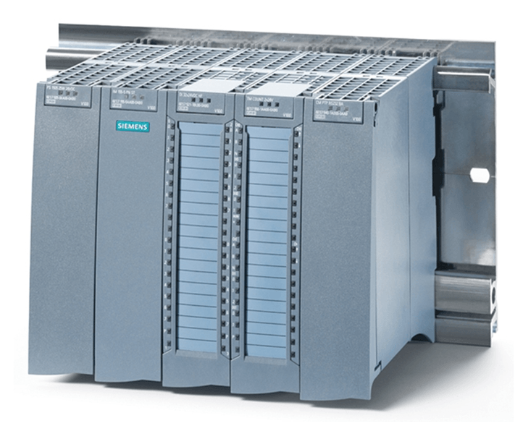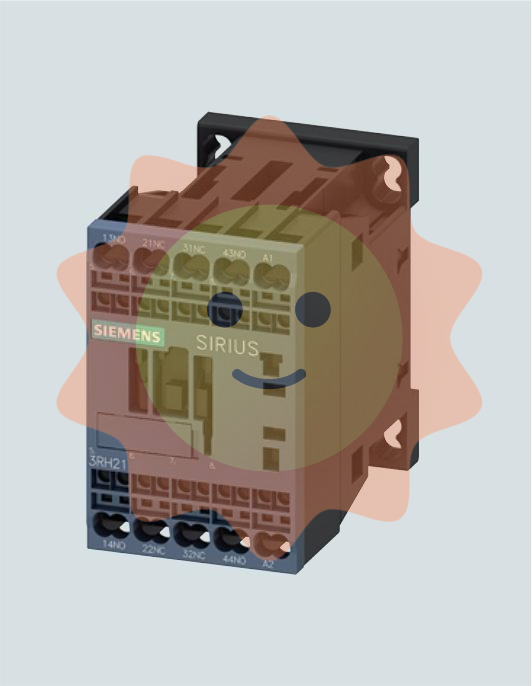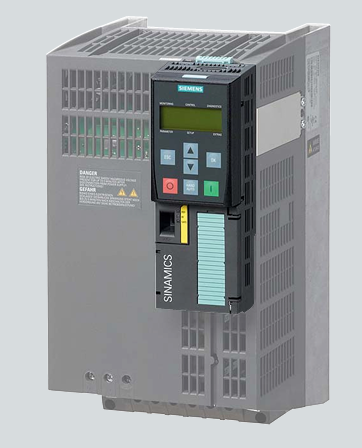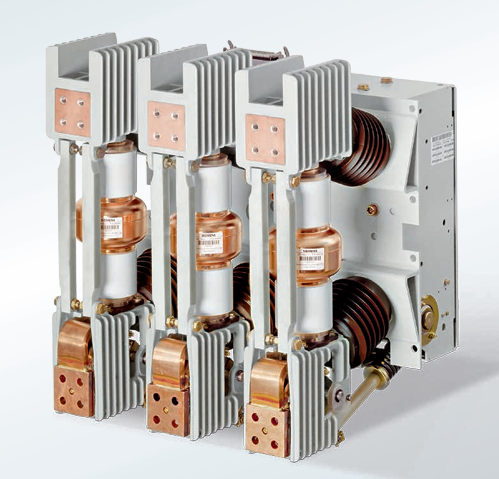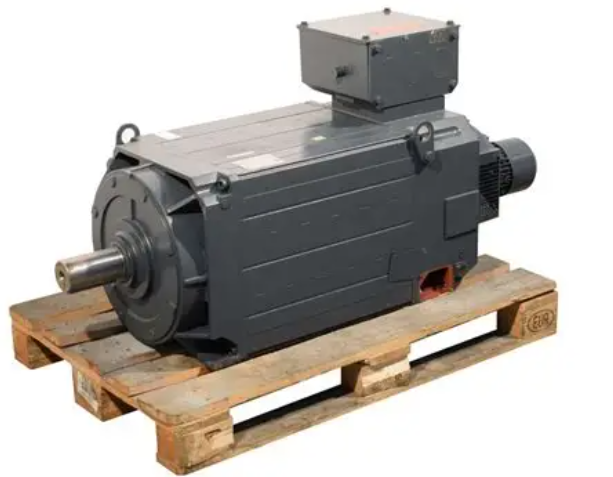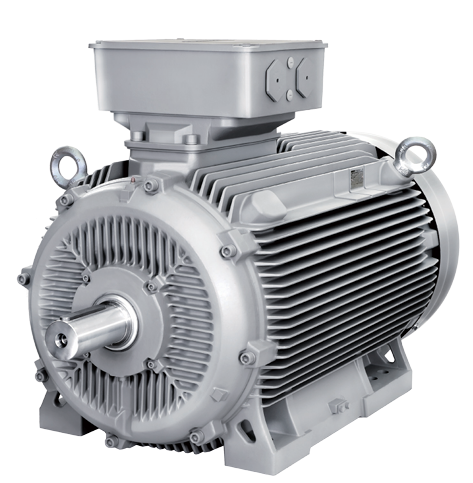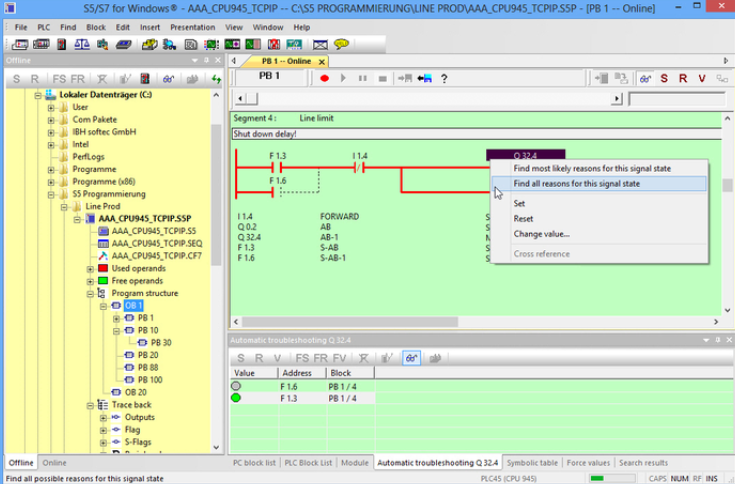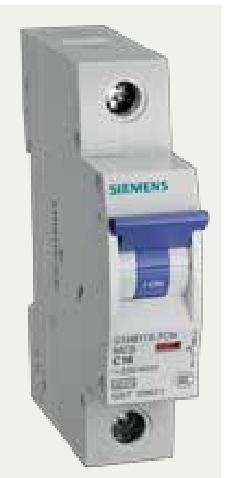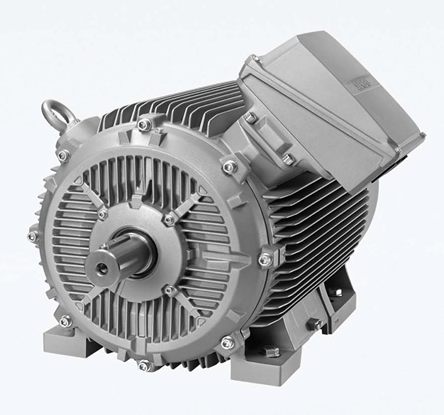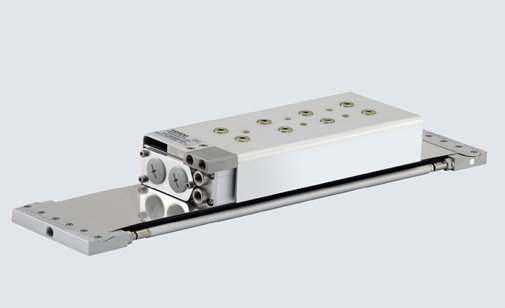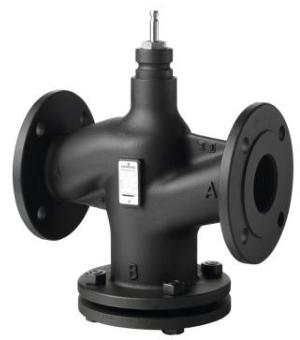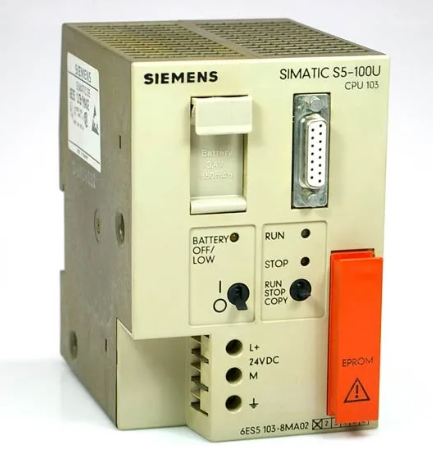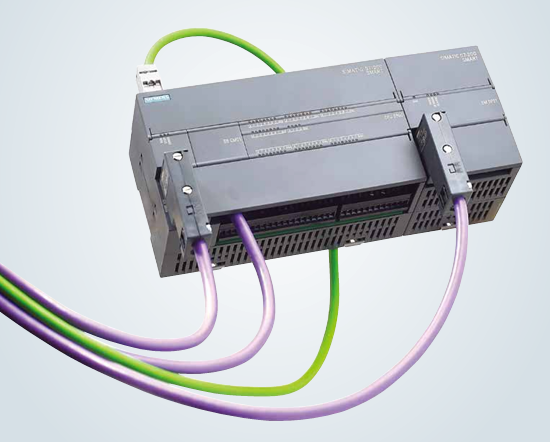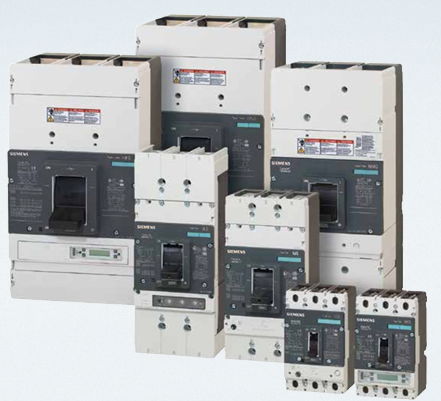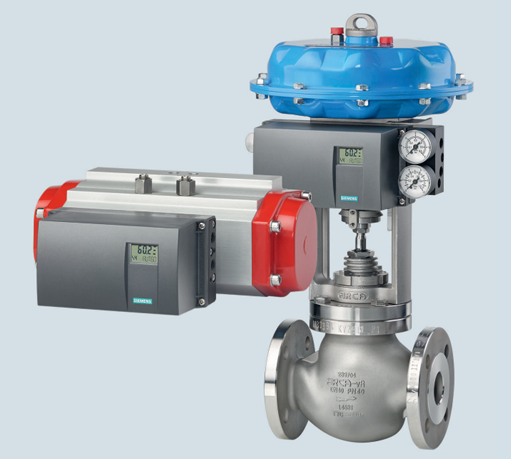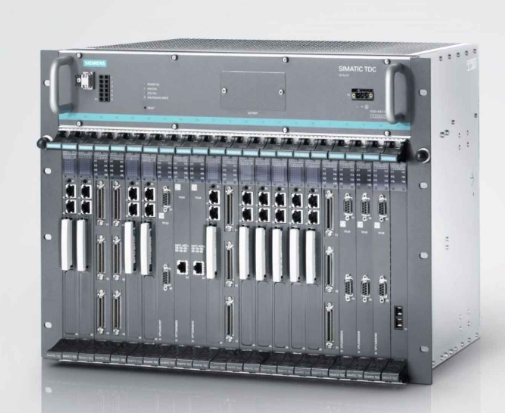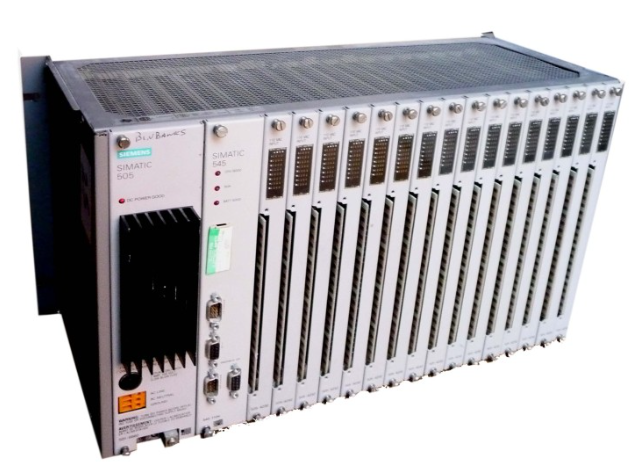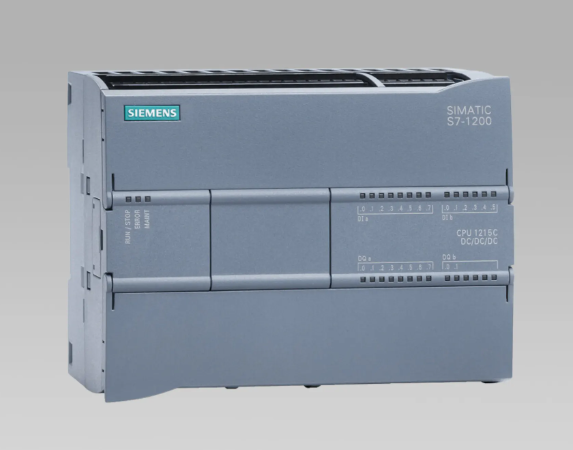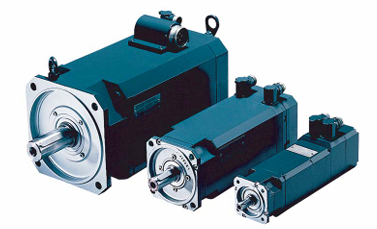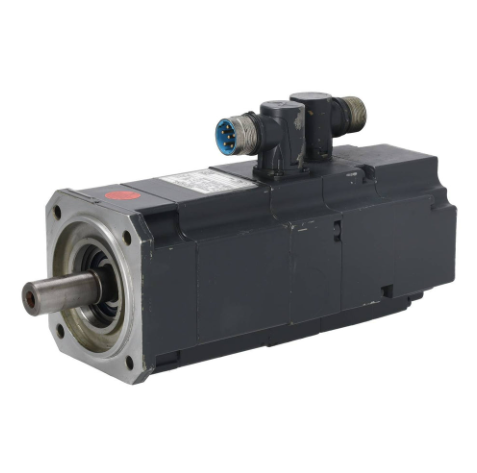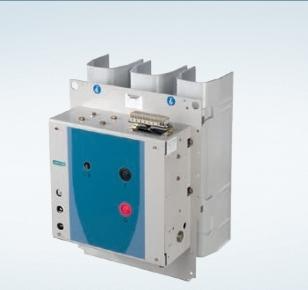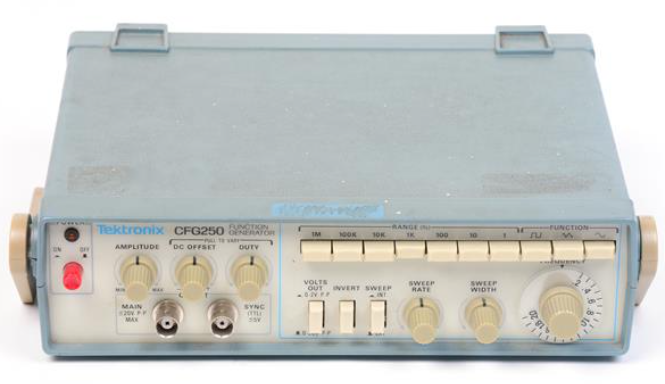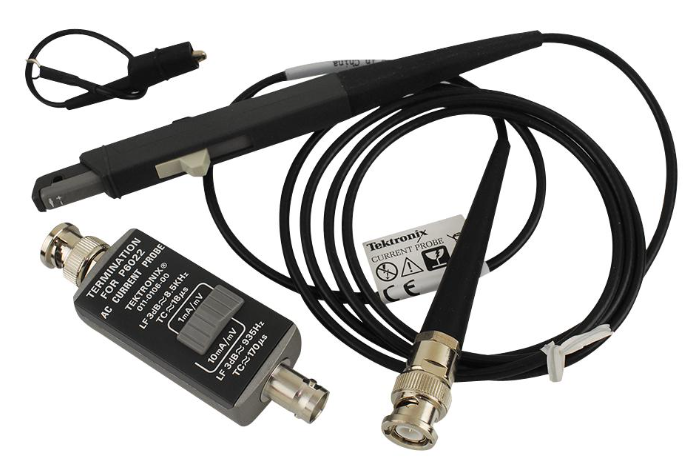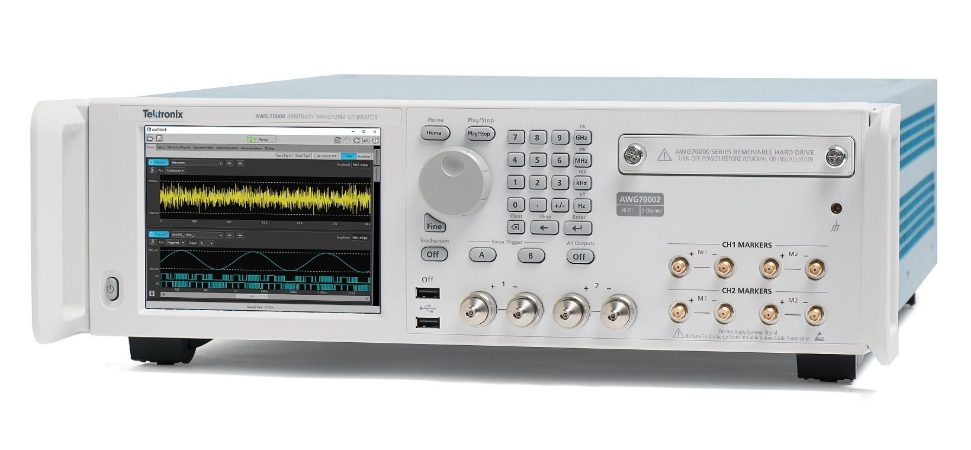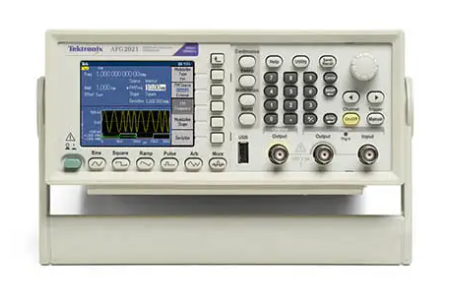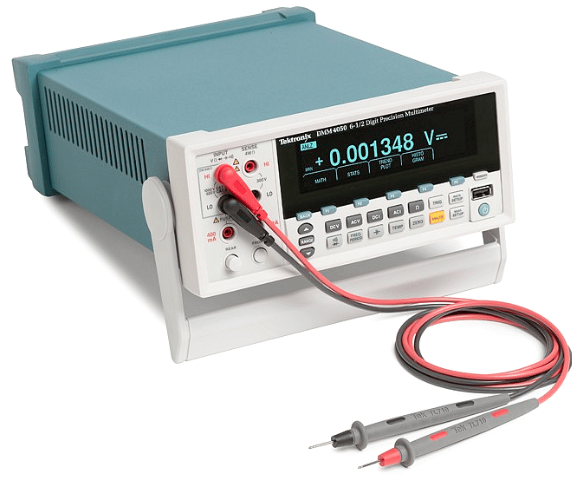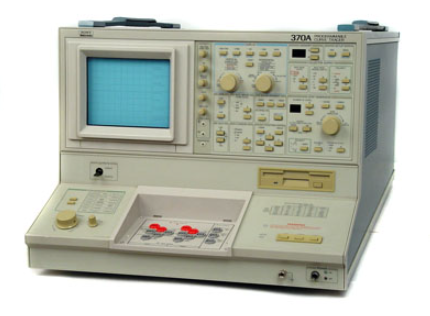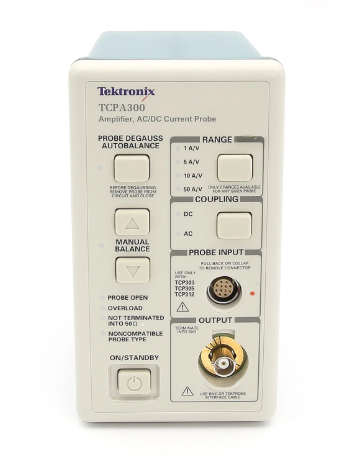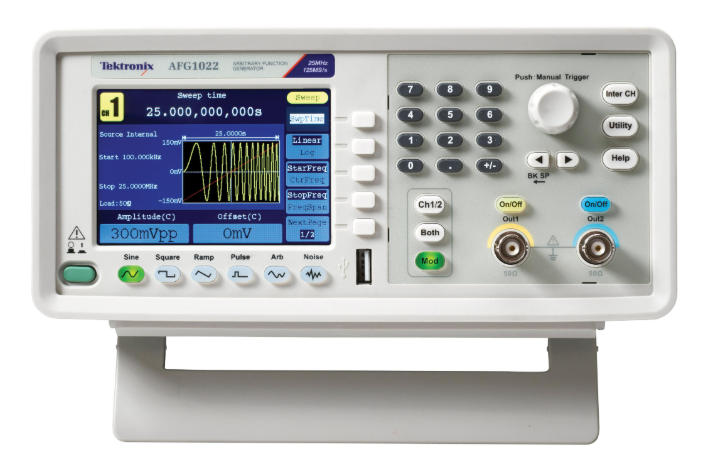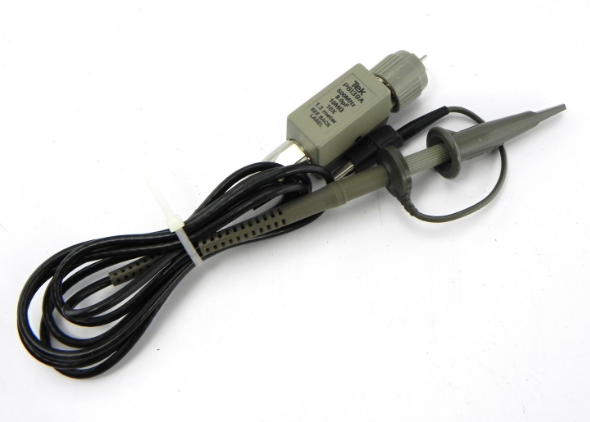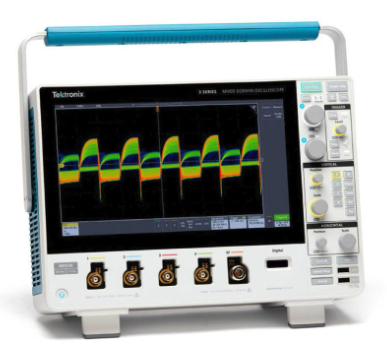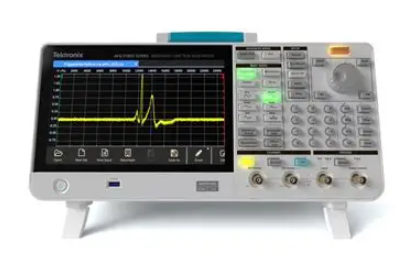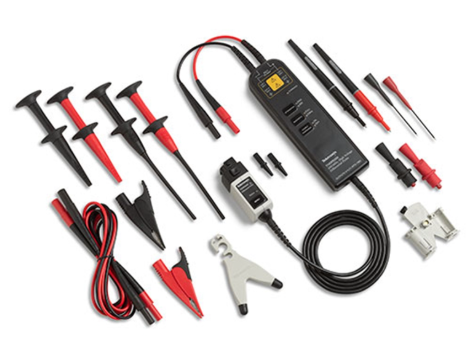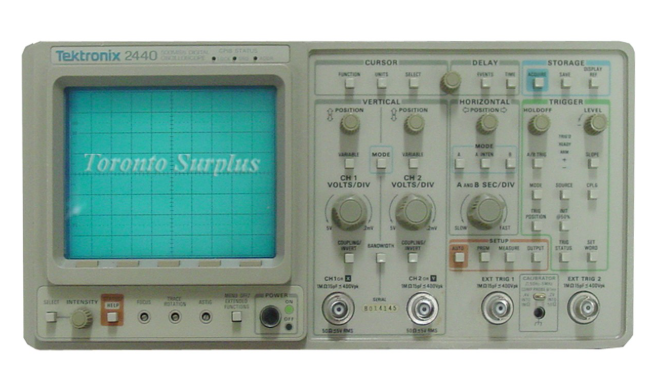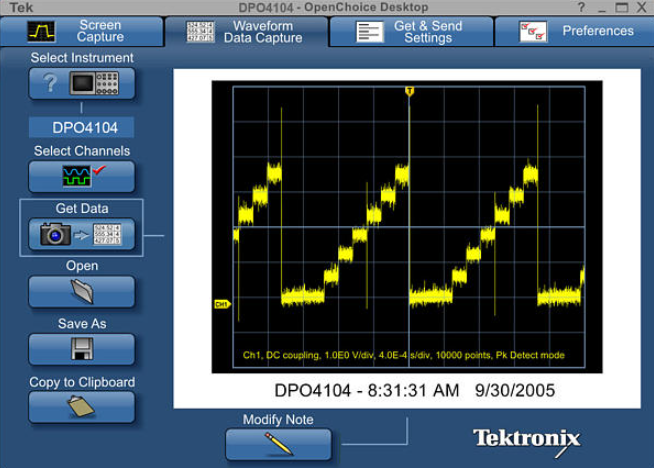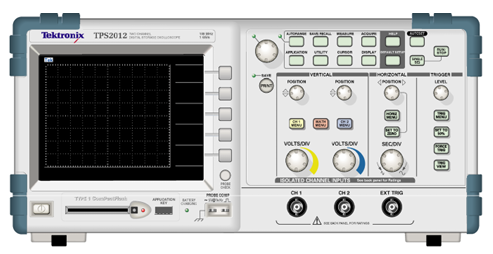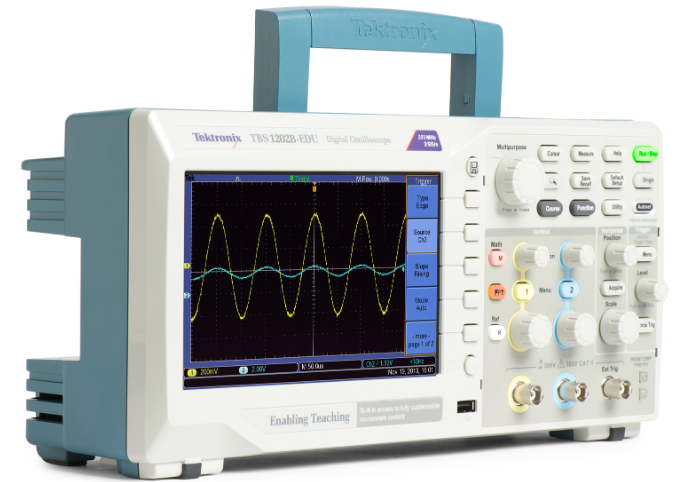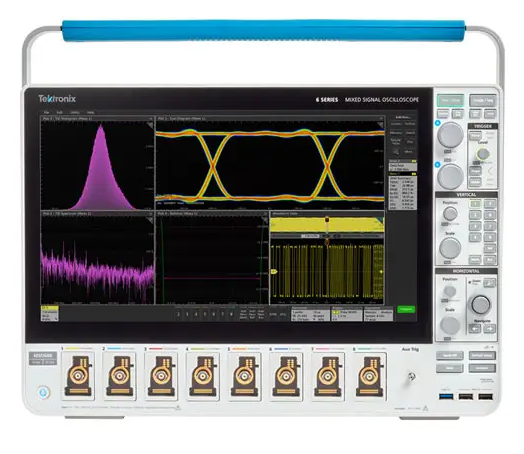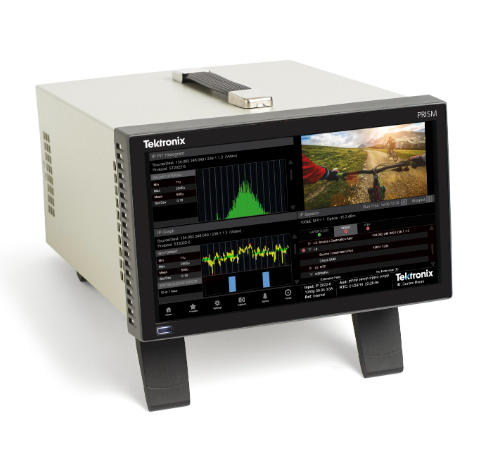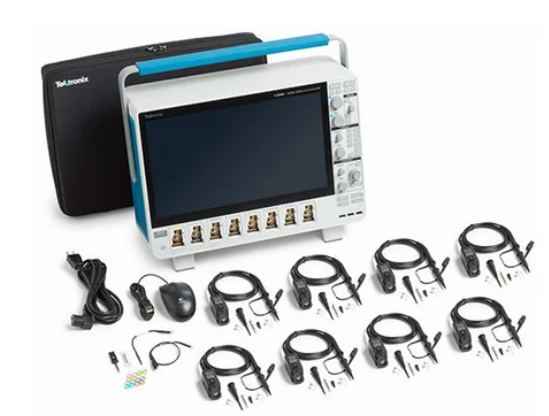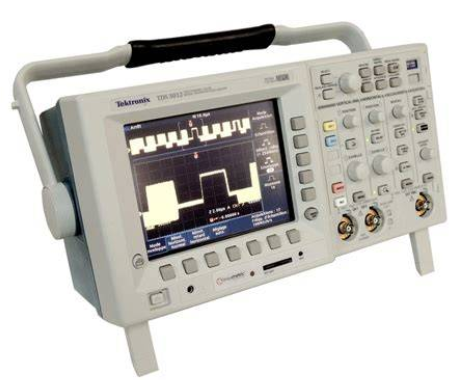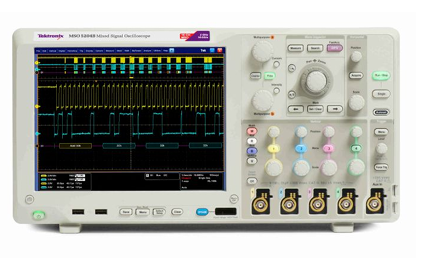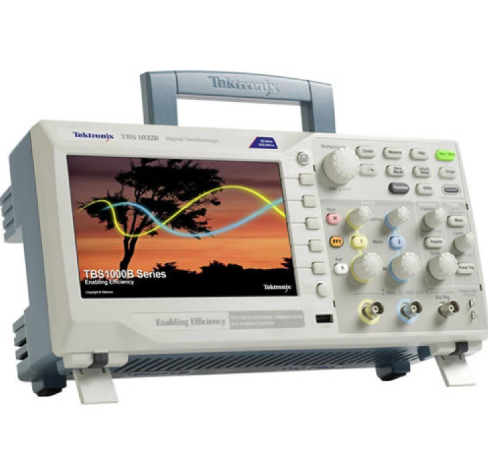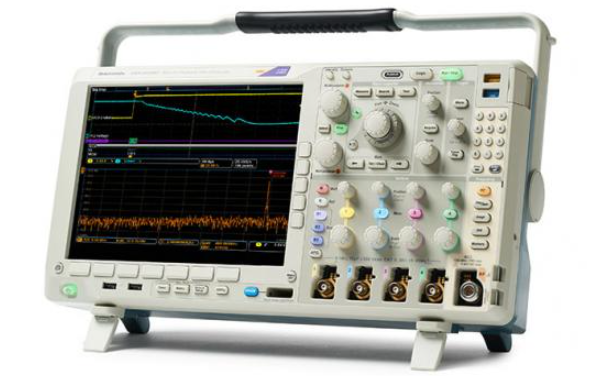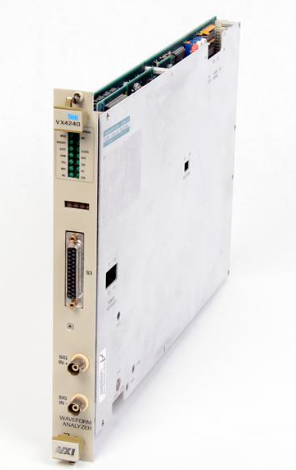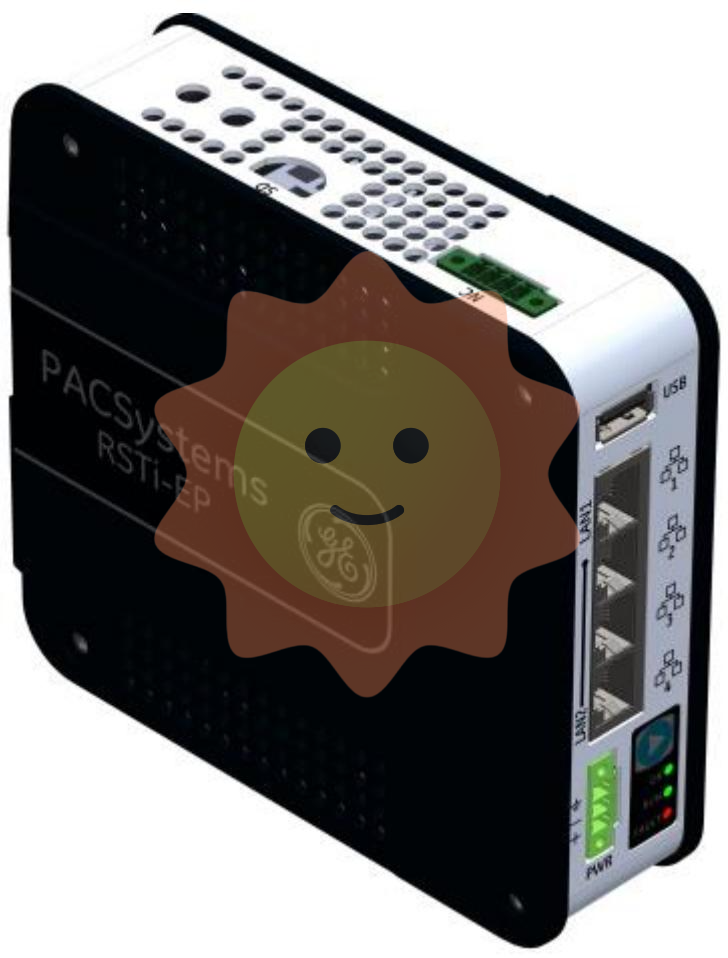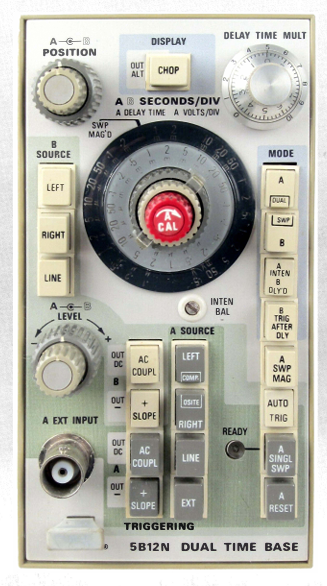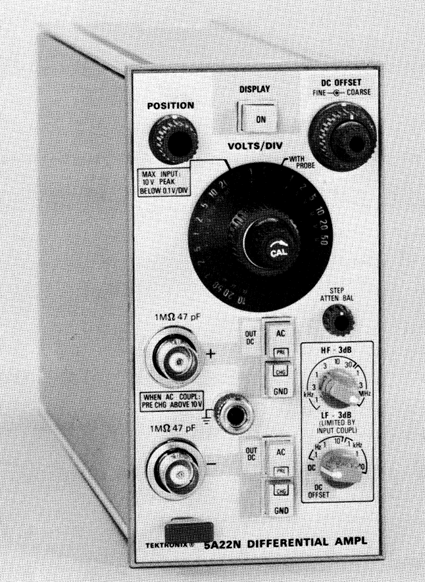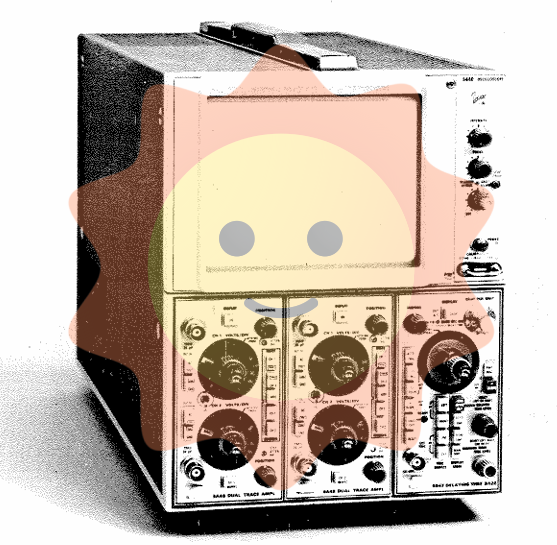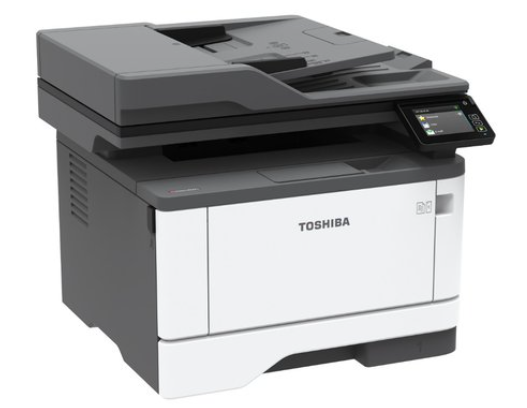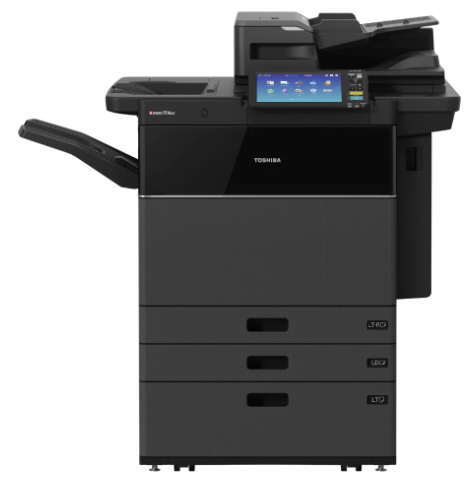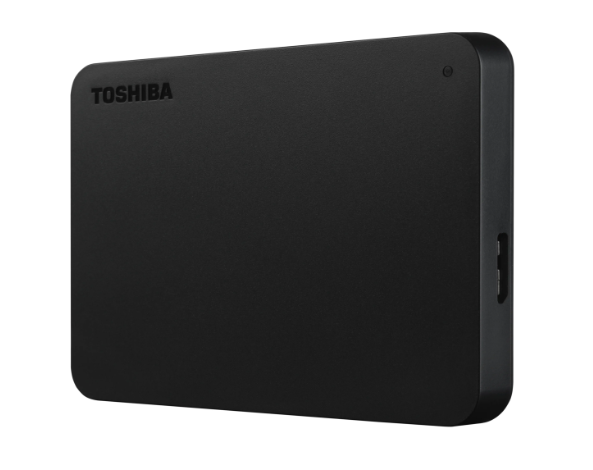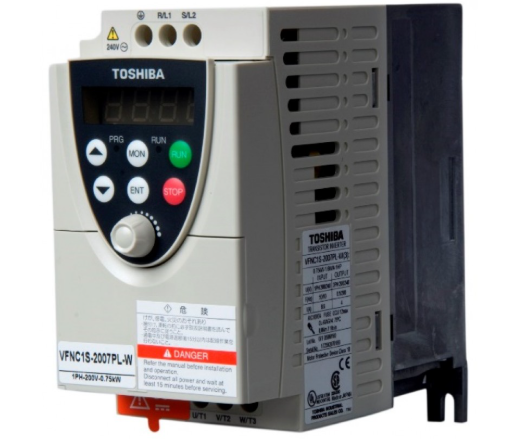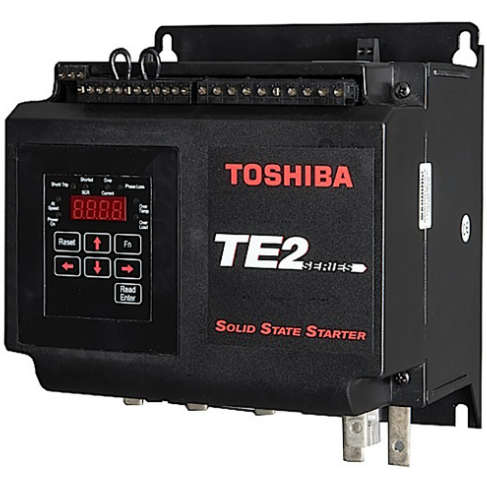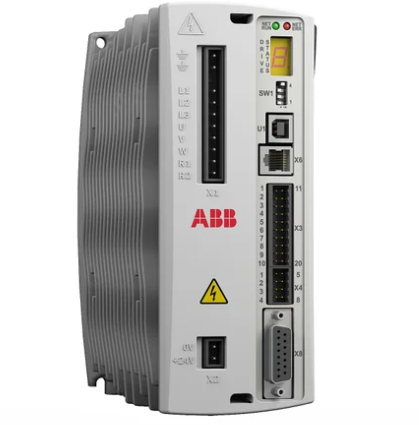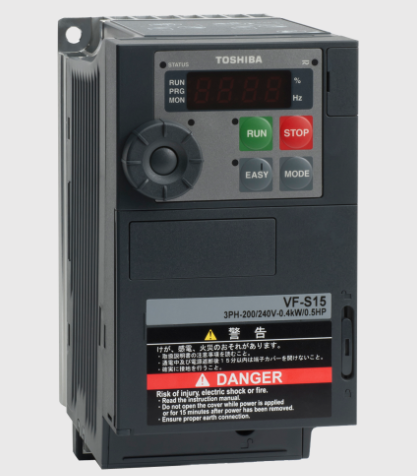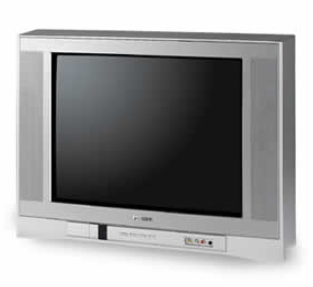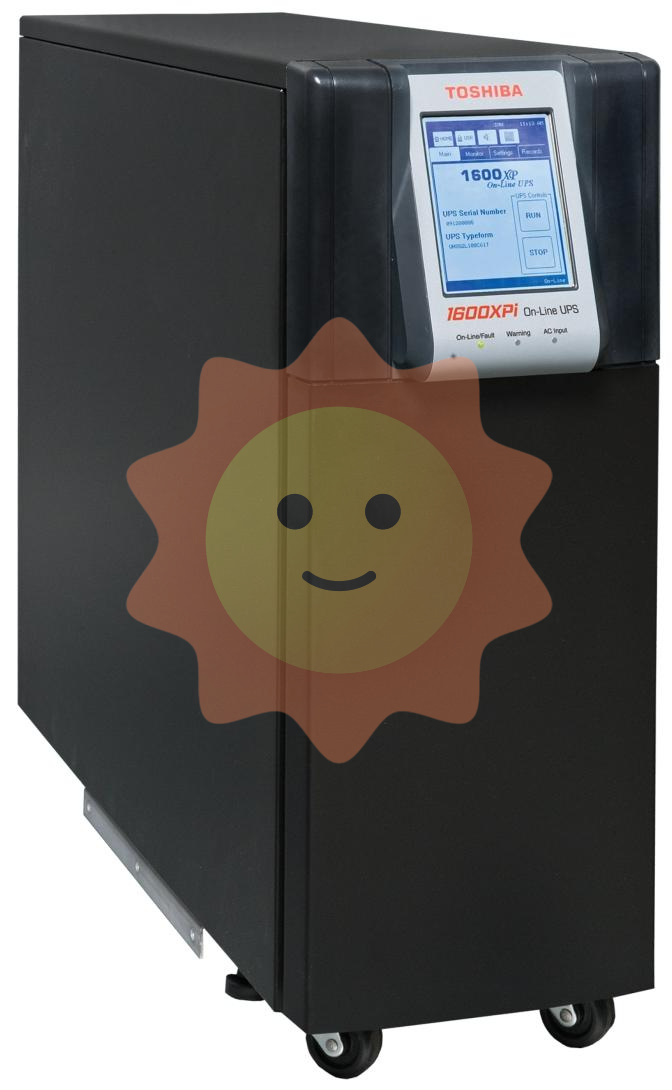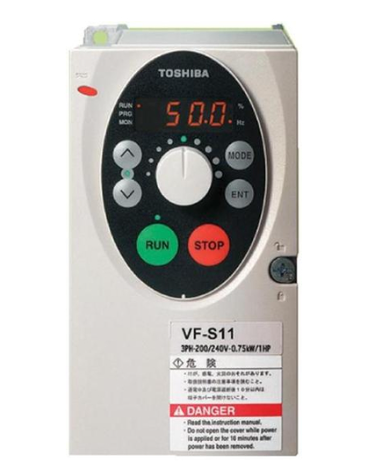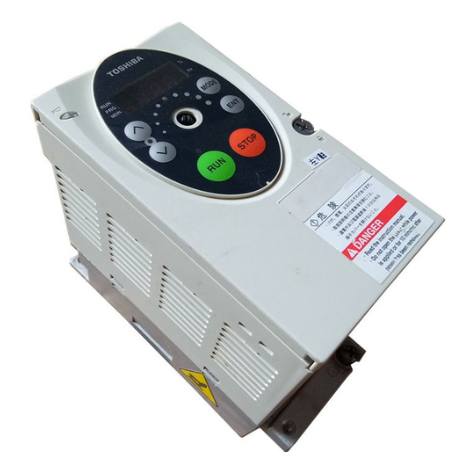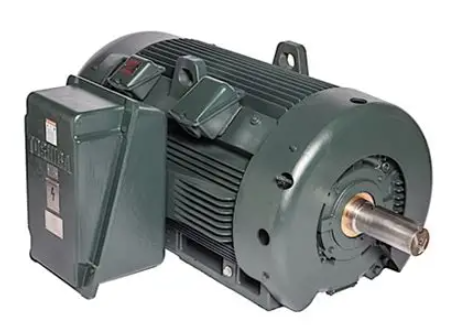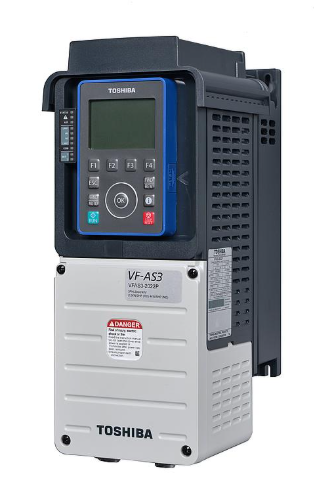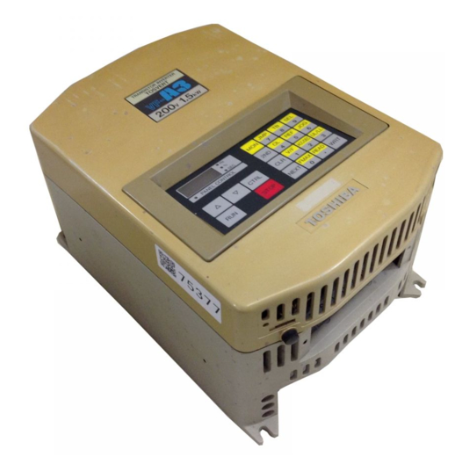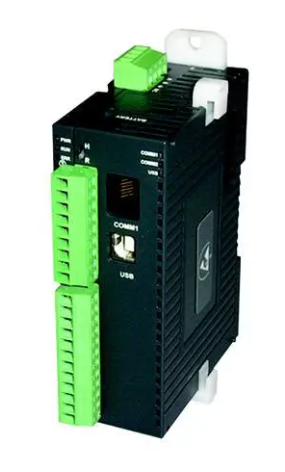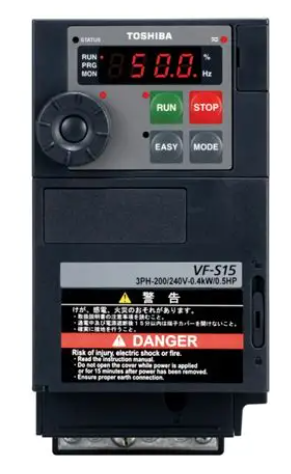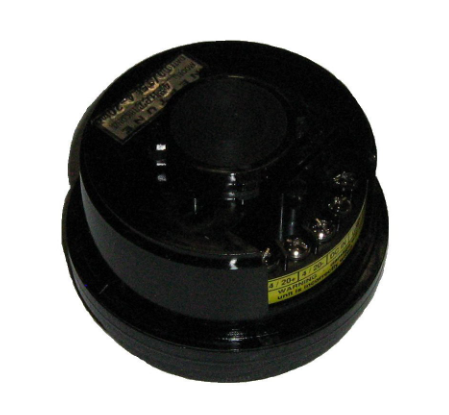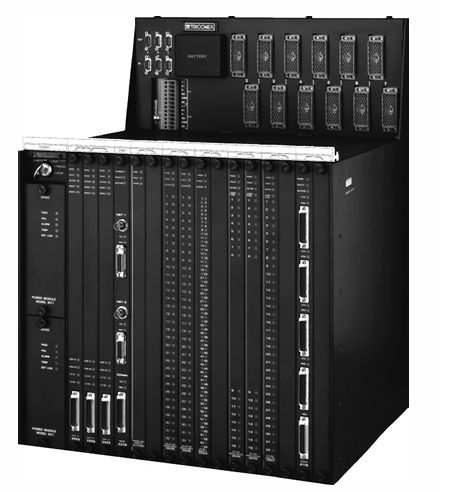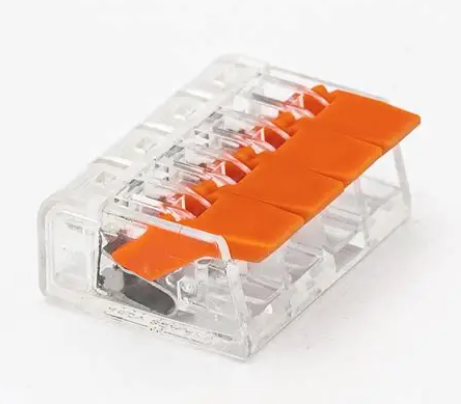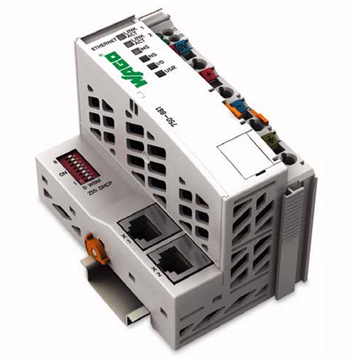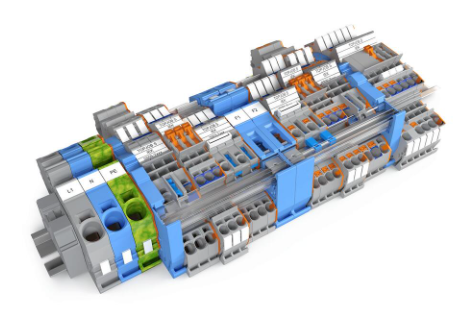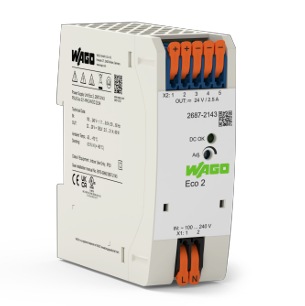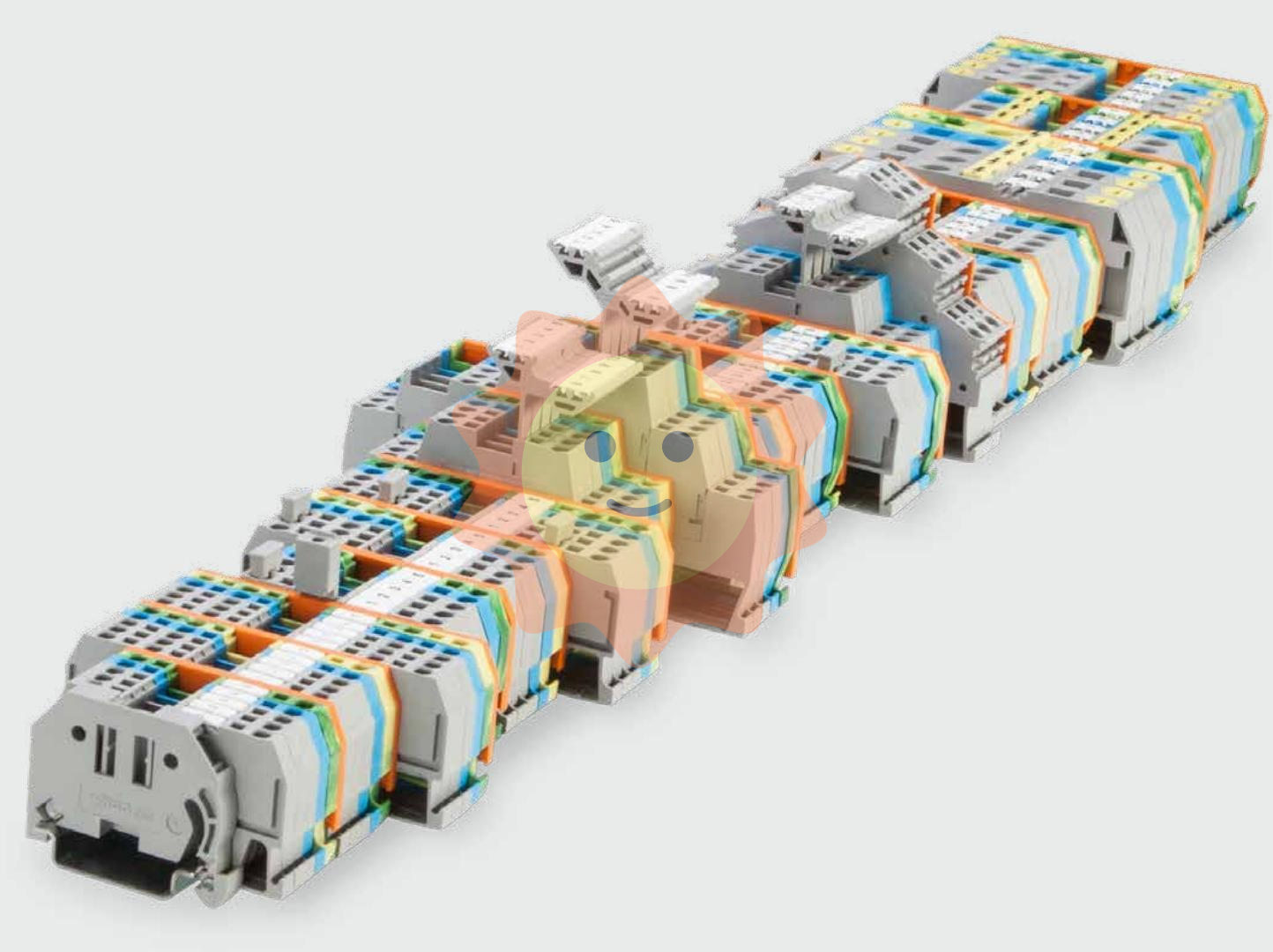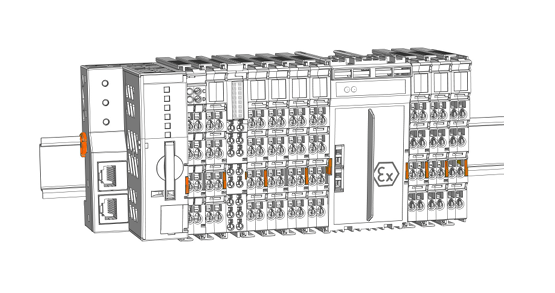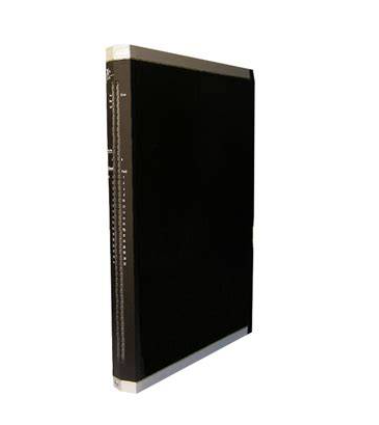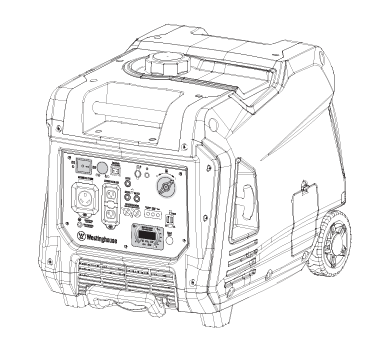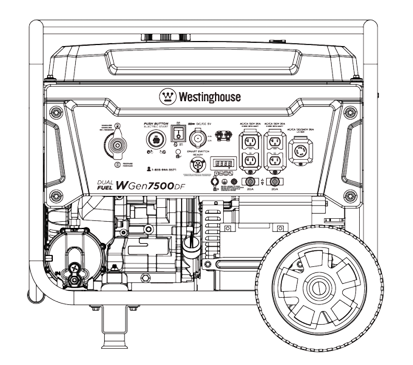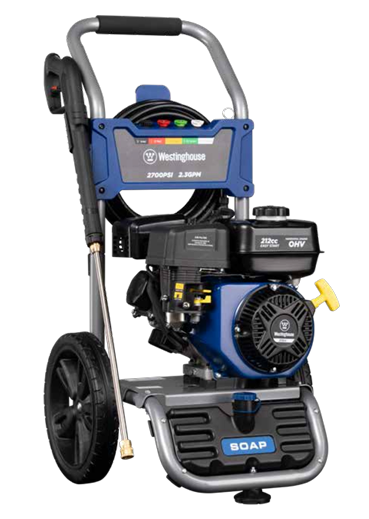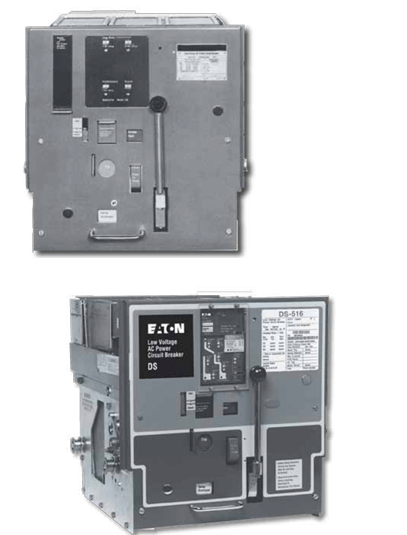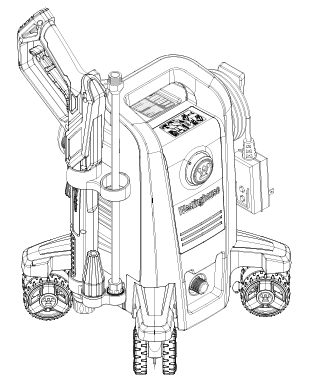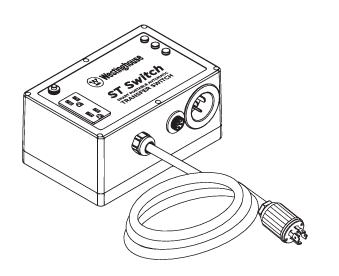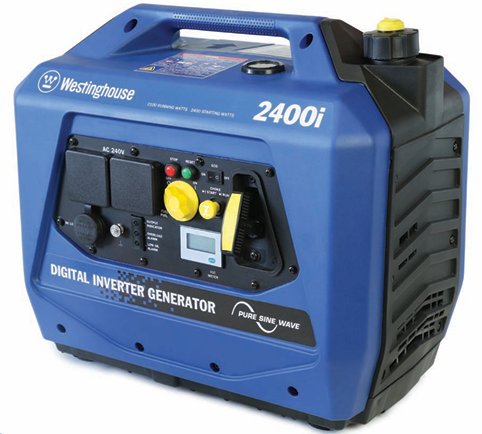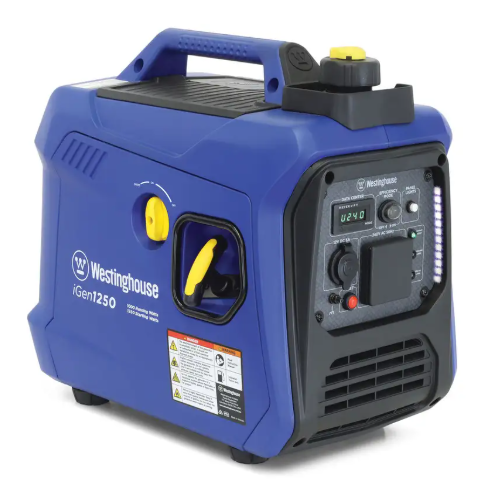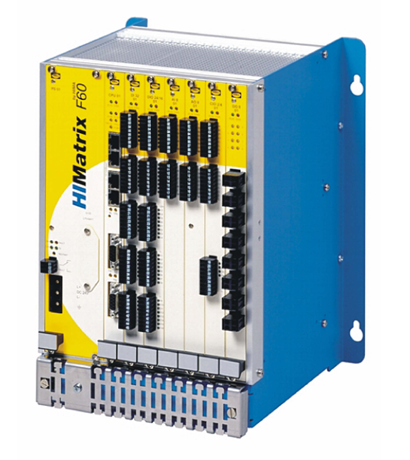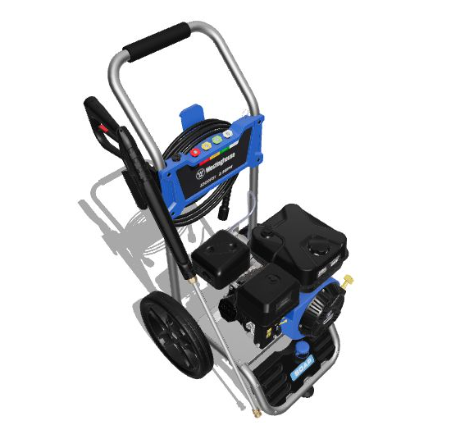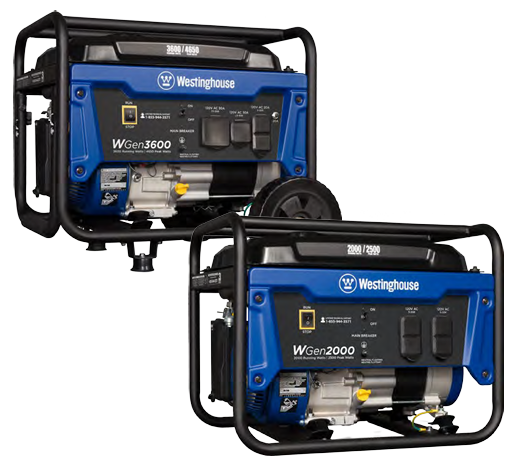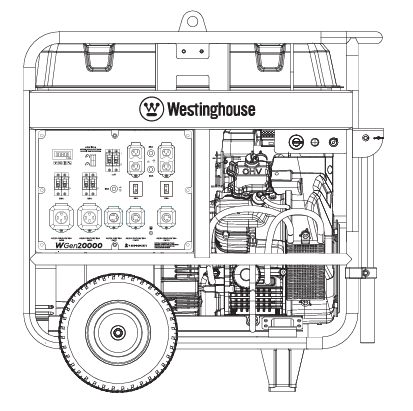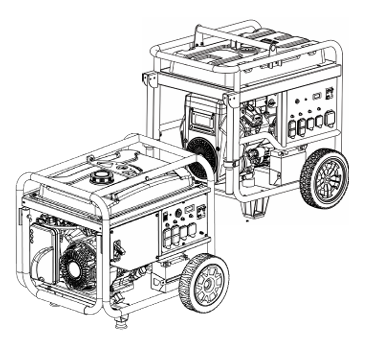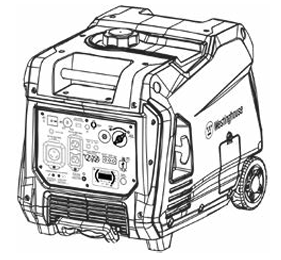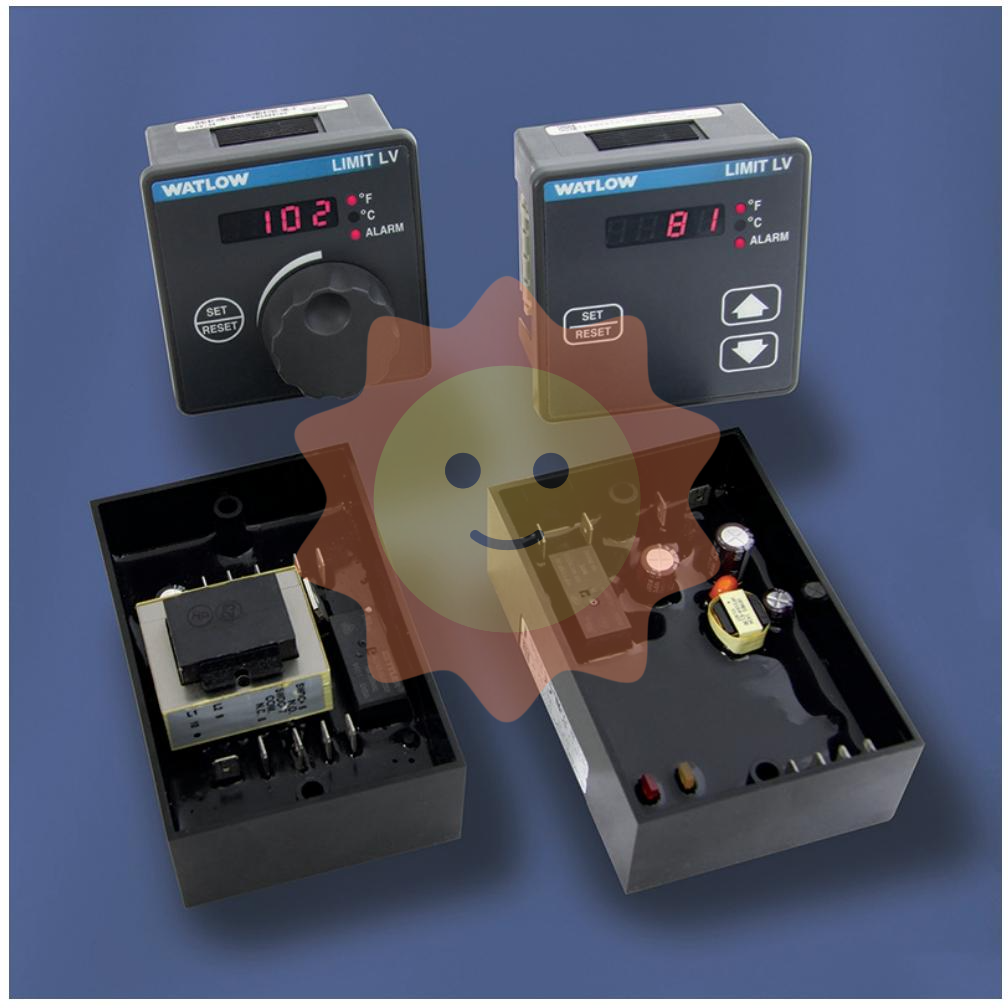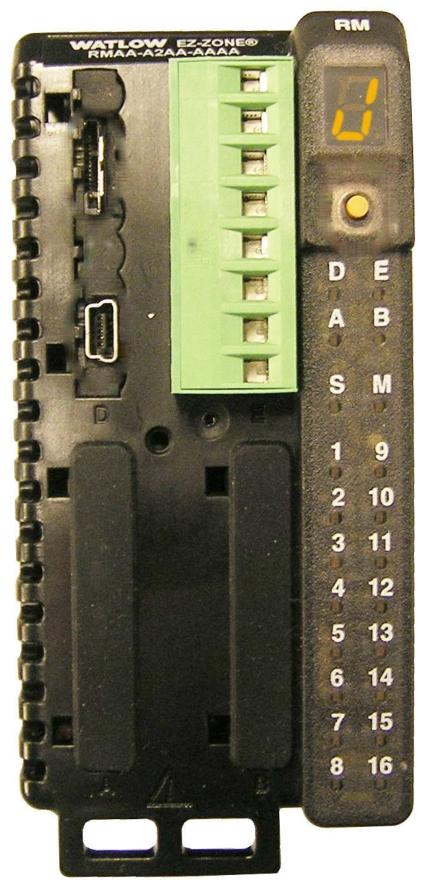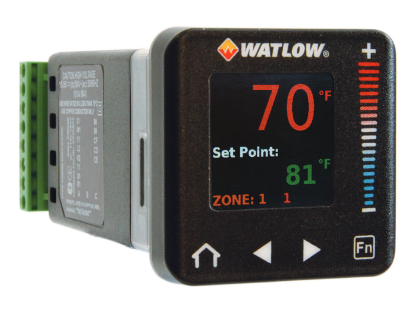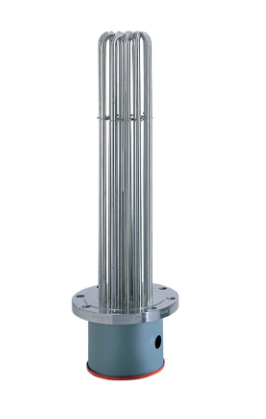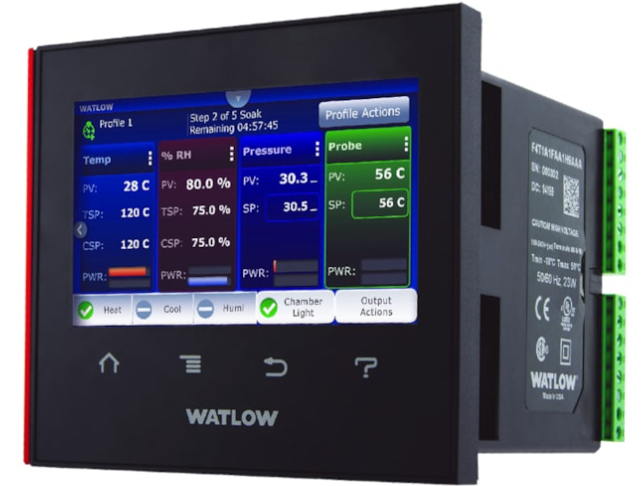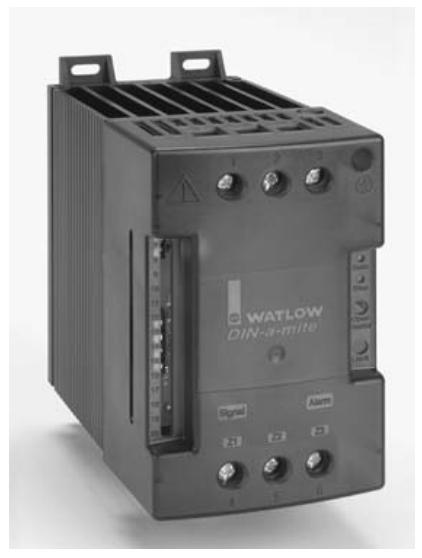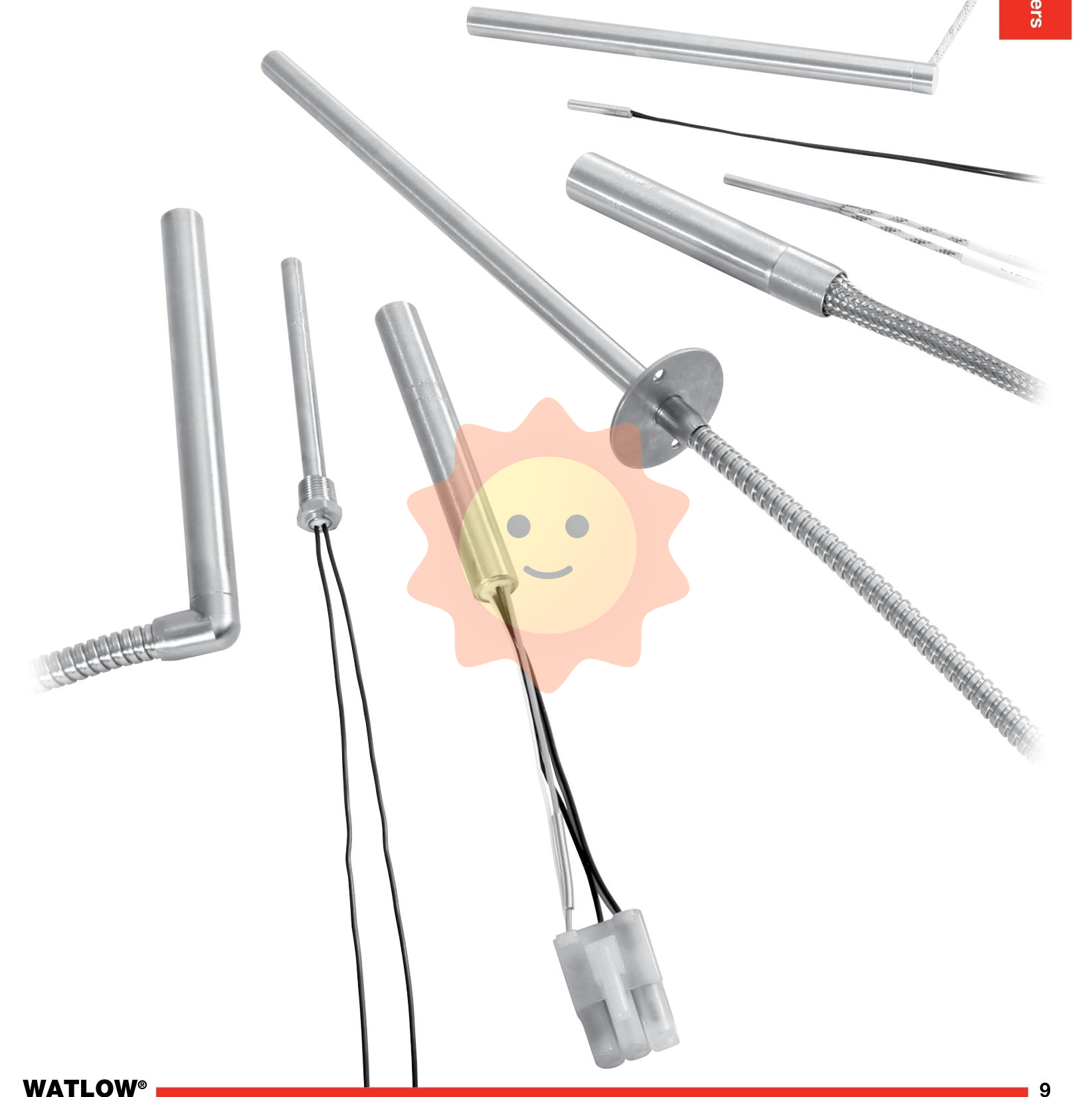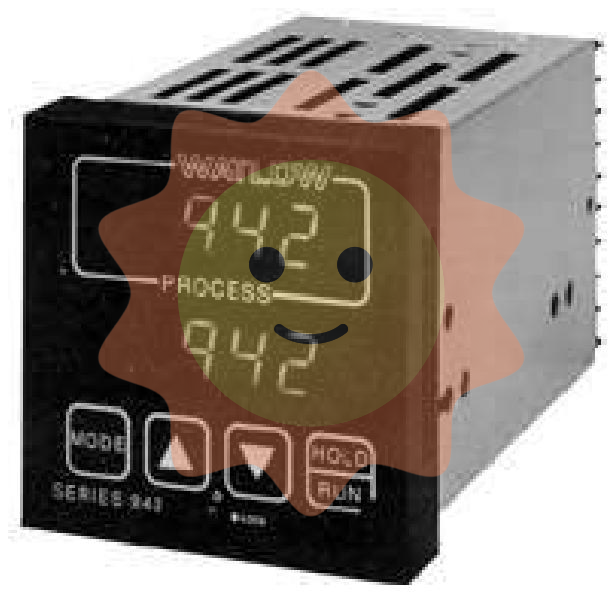ZYGO 1115-800-055 is a high-speed signal transmission cable with the same interface, and its core function is to achieve two HSSDC2(High-Speed Serial Data Connector 2, Enhanced high-speed serial data connector for high-speed and stable data exchange between interface devices. As a dedicated component of the ZYGO precision measurement system, it is designed specifically for HSSDC2 interface devices such as new interferometers, laser heads, and measurement electronic boards. It is a key link to ensure "lossless transmission" of signals in nanoscale measurement accuracy.
ZYGO HSSDC2 TO HSSDC2 CABLE 1115-800-055
Product core positioning
ZYGO 1115-800-055 is a high-speed signal transmission cable with the same interface, and its core function is to achieve two HSSDC2(High-Speed Serial Data Connector 2, Enhanced high-speed serial data connector for high-speed and stable data exchange between interface devices. As a dedicated component of the ZYGO precision measurement system, it is designed specifically for HSSDC2 interface devices such as new interferometers, laser heads, and measurement electronic boards. It is a key link to ensure "lossless transmission" of signals in nanoscale measurement accuracy.
Key technologies and performance parameters
Parameter category
Core indicators (based on HSSDC2 standard and ZYGO industrial grade cable characteristics)
Transmission rate
Supports up to 4.25 Gbps high-speed serial signals to meet the high bandwidth data transmission requirements of precision measurement systems
Interface specifications
Both ends are HSSDC2 enhanced high-speed interfaces, designed with gold-plated contacts to reduce contact resistance and signal loss
Conductors and shielding
Adopting multi stranded oxygen free copper conductors (to enhance signal transmission stability), double-layer shielding structure (aluminum foil+high-density copper weaving, shielding coverage ≥ 98%), effectively suppressing electromagnetic interference (EMI) and radio frequency interference (RFI)
Insulation and sheath
Low dielectric constant foamed polytetrafluoroethylene (PTFE) insulation (reducing signal attenuation and time delay), weather resistant polyetheretherketone (PEEK) sheath (temperature resistance range -40 ℃ -125 ℃, chemical corrosion resistance, wear resistance, aging resistance)
Typical length
The standard specifications include 1m, 2m, and 3m (suitable for different device installation distances), and support customization up to 10m (requires signal amplification module to ensure long-distance transmission accuracy)
Signal integrity
Accurate control of characteristic impedance to 100 Ω± 3 Ω, delay deviation ≤ 50ps/m, crosstalk attenuation ≥ 60dB@1GHz Ensure that high-speed signals are transmitted without reflection or distortion
Durability
The interface plug and unplug life is ≥ 1000 times, and the cable bending radius is ≥ 10 times the cable outer diameter (static) and ≥ 15 times the cable outer diameter (dynamic), suitable for frequent debugging and long-term use needs in industrial sites
HSSDC2 interface core features and cable advantages
1. Core features of HSSDC2 interface
As an upgraded version of HSSDC, HSSDC2 is a dedicated interface for precision measurement and high-speed data transmission, with three core advantages:
High speed transmission capability: Native support for 4.25 Gbps speed, compared to traditional USB 3.0 (5 Gbps), it places more emphasis on signal stability and anti-interference in industrial environments, and is suitable for high-frequency data acquisition requirements in nanoscale measurements;
Enhanced shielding structure: The interface is equipped with a built-in metal shielding shell, combined with double-layer shielding of the cable, forming an integrated anti-interference system of "interface cable", which can suppress the influence of external interference on measurement data to below 0.1 nm;
High reliability design: adopting a snap on locking structure, precise positioning during insertion and removal, avoiding interface loosening due to vibration or accidental touch, ensuring uninterrupted signal during continuous measurement process.
2. Exclusive advantages of 1115-800-055 cable
Compared to HSSDC to HSSDC2 cables with different interfaces (such as 1115-800-056), this same interface cable has two core values:
No conversion loss: No need for built-in signal adaptation chip, avoiding signal delay (≤ 10ps) and conversion error caused by the chip, especially suitable for real-time closed-loop control scenarios sensitive to delay (such as dynamic feedback of nanolocators);
Simplify system architecture: Directly implement direct connection between HSSDC2 devices, reduce intermediate conversion links, lower system failure points (such as chip failure, protocol incompatibility, etc.), and improve the stability and reliability of the overall measurement system.
Adapt devices and application scenarios
1. Core adaptation system components
Based on the ZYGO precision measurement ecosystem, the typical adaptation combinations for this cable are as follows:
Signal transmitter: ZYGO next-generation 7730 laser head (native HSSDC2 output), high-resolution differential interferometer (DPMI-II), nanoscale displacement sensor;
Signal receiving end: ZYGO ZMI series high-end measurement electronic board (such as ZMI 6100, ZMI 4104C extended HSSDC2 interface), high-speed data acquisition card (adapted to VME/PCIe bus), real-time control system (such as PI E-874 nanometer positioning controller);
Adaptation system: semiconductor lithography machine workbench measurement system, atomic force microscope (AFM) positioning feedback system, high-precision coordinate measuring machine (CMM), laser interferometer dynamic calibration system.
2. Key application scenarios
Semiconductor manufacturing: In 7nm and below process wafer lithography equipment, connect laser interferometers with ZMI 6100 electronic boards to transmit real-time sub nanometer displacement data of the workbench, ensuring the accuracy of lithography pattern overlay (with a required error of ≤ 1nm);
In the field of nanotechnology research, during the scanning process of atomic force microscopy (AFM), the HSSDC2 signal of the displacement sensor is directly connected to the data acquisition unit to achieve high-speed data transmission of nanoscale surface morphology imaging, improving scanning efficiency (capable of transmitting ≥ 1000 frames of image data per second);
Precision equipment calibration: used for dynamic calibration of high-precision machine tools and robot joints using ZYGO laser interferometers. Calibration data is transmitted without loss through direct cable connection, ensuring that the calibration result error is ≤ 0.5 nm
High end optical system: In the adaptive optics system of astronomical telescopes, the wavefront sensor and control unit are connected to transmit high-speed wavefront detection data, achieve real-time fine-tuning of the lens, and improve imaging resolution.
Usage precautions and maintenance suggestions
1. Installation and usage specifications
Interface connection: When inserting the interface, it is necessary to align the positioning pin to avoid forcibly plugging and unplugging and damaging the gold-plated contacts; After connection, it is necessary to confirm that the buckle is fully locked (hear a "click" sound) to prevent vibration from causing the interface to loosen;
Wiring requirements: The cable should be kept away from strong electromagnetic sources (such as frequency converters and high-voltage transformers), and should be laid parallel to the power cable at a distance of ≥ 50cm. When laying cross cables, they should be laid vertically to reduce coupling interference; Avoid excessive bending or compression of cables to prevent internal conductor breakage or shielding layer damage;
Environmental control: Avoid use in extreme environments such as high temperatures (>125 ℃), high humidity (relative humidity>90%), and corrosive gases (such as chlorine and ammonia). If necessary, protective sleeves or environmental control equipment should be used;
Electrostatic protection: Before plugging or unplugging cables, operators must be subjected to electrostatic discharge (wearing anti-static wristbands) to avoid electrostatic breakdown of the internal circuit of the interface (the electrostatic protection level of the HSSDC2 interface chip is ESD 2000V).
2. Maintenance and troubleshooting
Regular inspection: Clean the interface contacts every 3 months (gently wipe with a dust-free cloth dipped in anhydrous ethanol), check whether the cable sheath is damaged and whether the shielding layer is exposed, and replace them in a timely manner if any problems are found;
Signal testing: Use a ZYGO dedicated signal tester (such as ZMI Signal Tester) to regularly test the cable transmission performance. If signal attenuation>5% and crosstalk>-50dB are found, it is necessary to check whether the interface is contaminated or whether the cable is aging;
Fault handling: If there is a signal interruption, first check the interface connection status, and then replace the backup cable for testing (to eliminate cable faults); If the fault persists after replacement, it is necessary to check whether the equipment interface is damaged (it is recommended to contact ZYGO factory for repair);
Replacement principle: ZYGO original cables must be used. Third party replacement cables may increase measurement errors due to impedance mismatch and insufficient shielding performance (measured third-party cables can increase nanoscale measurement errors from 0.5 nm to 3-5 nm), and even damage the device interface chip.
Comparison of Core Differences with 1115-800-056 Cable
To assist users in precise selection, the following table clearly compares the key differences between the two cables:
Comparing dimensions
ZYGO 1115-800-055(HSSDC2-HSSDC2)
ZYGO 1115-800-056(HSSDC-HSSDC2)
Interface type
Both ends are HSSDC2
One end HSSDC, one end HSSDC2
Core functions
Directly connected to the same interface without conversion loss
Heterogeneous interface conversion to solve device compatibility issues
Signal delay
≤ 10ps/m (no chip conversion)
≤ 100ps/m (including chip conversion delay)
Applicable scenarios
High speed direct connection between new HSSDC2 equipment
Old HSSDC equipment is compatible with new HSSDC2 equipment
Maximum transmission distance
10m (requires signal amplification)
5m (chip conversion limit)
Typical adaptation system
Lithography equipment AFM、 High end CMM
Old laser head connected to new electronic board, equipment upgrade
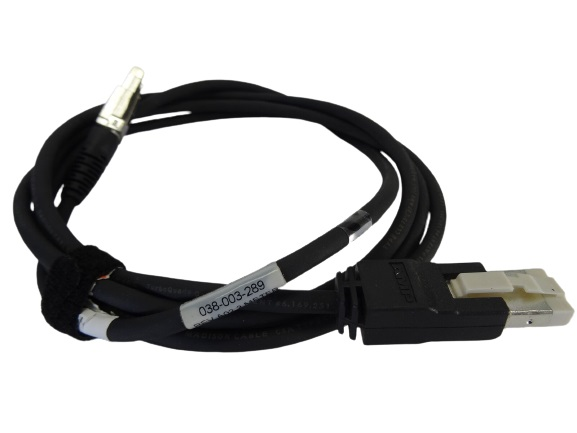
- User name Member Level Quantity Specification Purchase Date
- Satisfaction :
-









Email:wang@kongjiangauto.com

